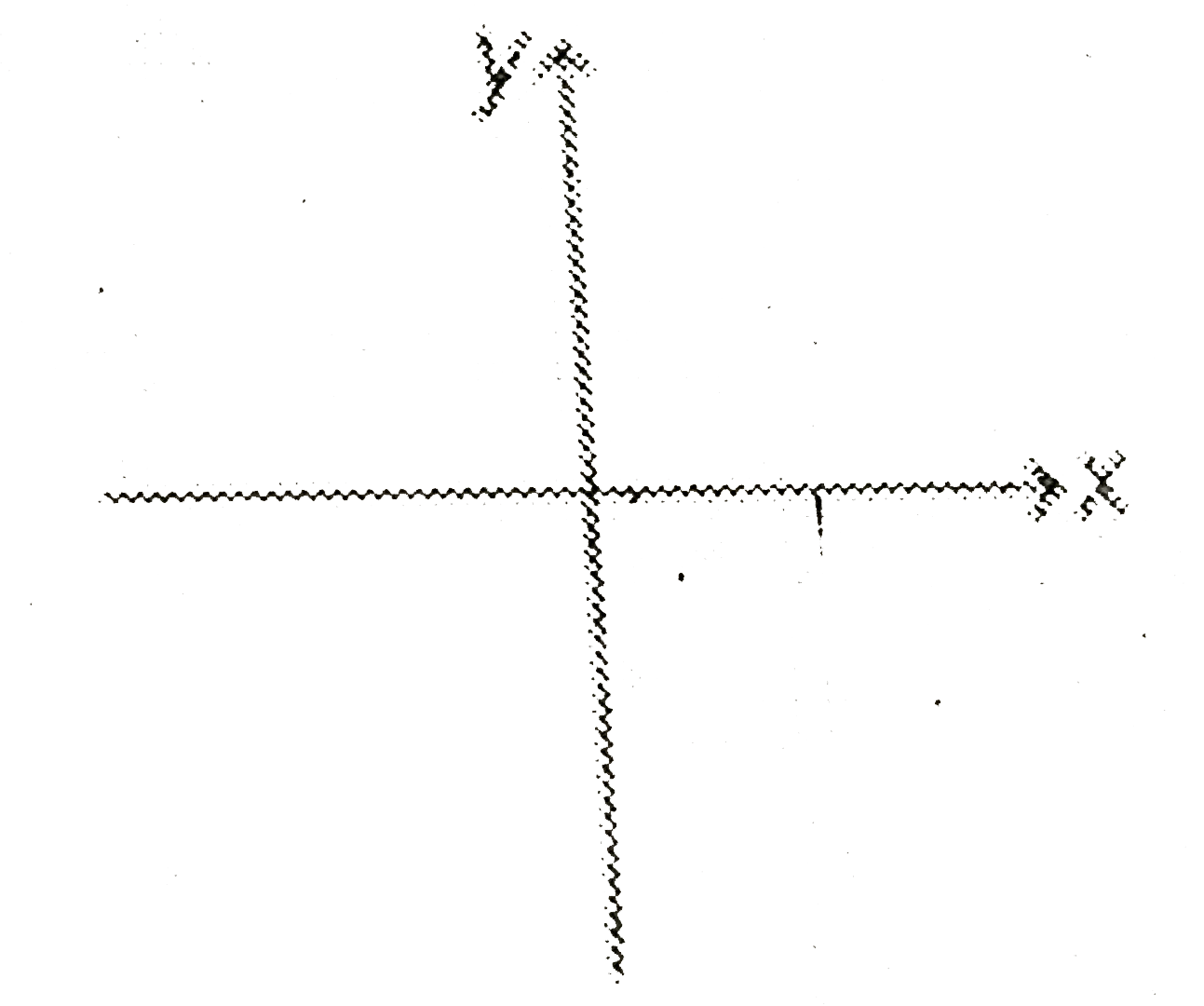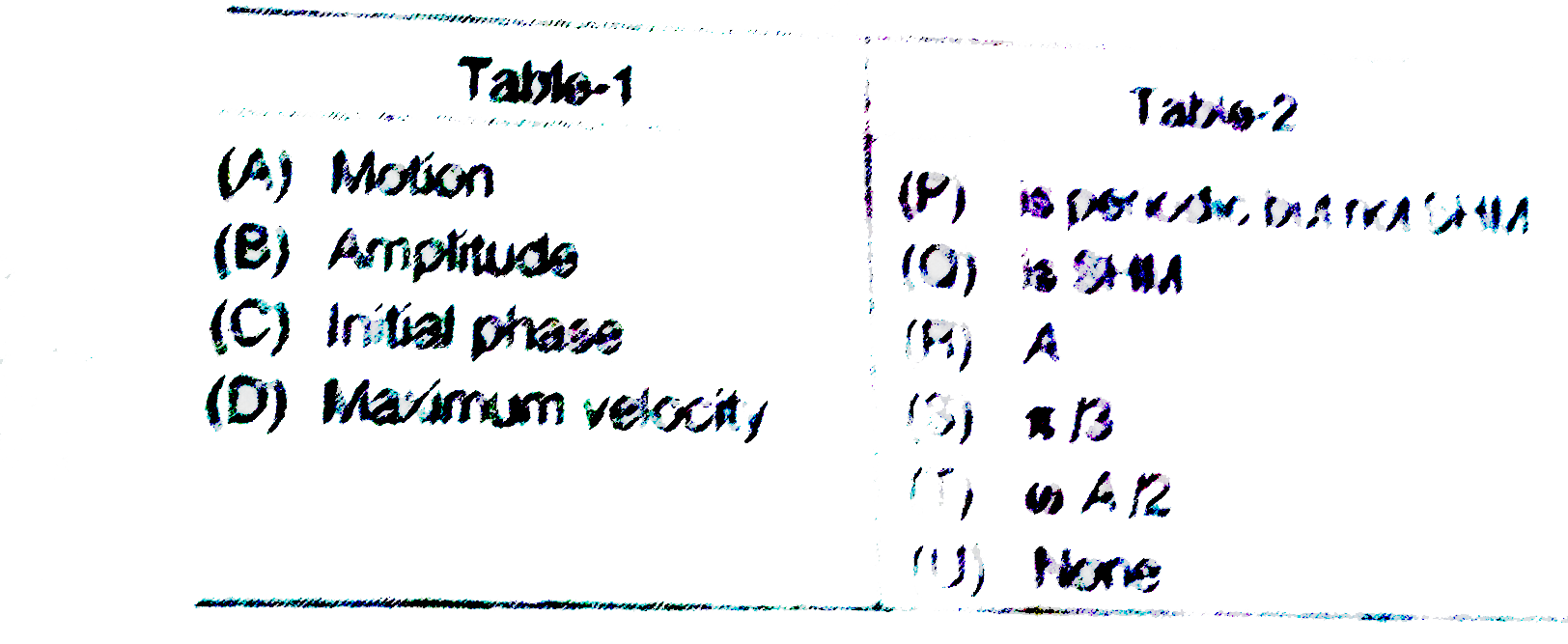The equation of a body of mass m and performing a linear S.H.M is given by x=asinωt+bsin(ωt+π2). The total energy of the particle at any ins"tan"t is
A
12mω2ab
B
12mω2√a2+b2
C
12mω2(a2+b2)
D
12mω2√a2+b2
Video Solution
Text Solution
The correct Answer is:C
The amplitude of S.H.M. A=√a2+b2
∴ Total energy E=12mω2A2=12mω2(a2+b2)
|
Updated on:21/07/2023
Topper's Solved these Questions
Similar Questions
Knowledge Check
- Question 1 - Select One
The motion of a particle is given by
y=asinωt+bsinωt
The motion of the particle isAnot a S.H.M.BS.H.M. with amplitude (a + b)CS.H.M. with amplitude (a+b)/2,DS.H.M with amplitude √a2+b2 - Question 2 - Select One
The motion of a particle is given by x=Asinωt+Bosωt. The motion of the particle is
Anot simple harmonicBsimple harmonic with amplitude A+BCsimple harmonic with amplitude (A+B2)Dsimple harmonic with amplitude √A2+B2 - Question 3 - Select One
The equation of a particle executing a linear S.H.M. is given by x=4cosωt+sinωt. The "tan"gent of its initial phase angle is given by
Atanα=34Btanα=43Ctanα=1Dtanα=√3
The motion of a particle is given by x=Asinωt+Bcosωt. The motion of the particle is
View SolutionTwo simple harmonic motions given by, x=asin(ωt+δ) and y=asin(ωt+δ+π2) act on a particle will be
View SolutionA xandy co-ordinates of a particle are x=Asin(ωt)andy=Asin(ωt+π/2). Then, the motion of the particle is
 View Solution
View SolutionA particle is subjected to two mutually perendicular simple harmonic motion such that its x and y coordinates are given by :
x=2sinω & y=2sin(ωt+π2)
The path of the particle will beView SolutionThe displacement of a particle executing a S.H.M. is given by x= A "sin" ωt+Acosωt. What is the amplitude of motion ?
View Solution


